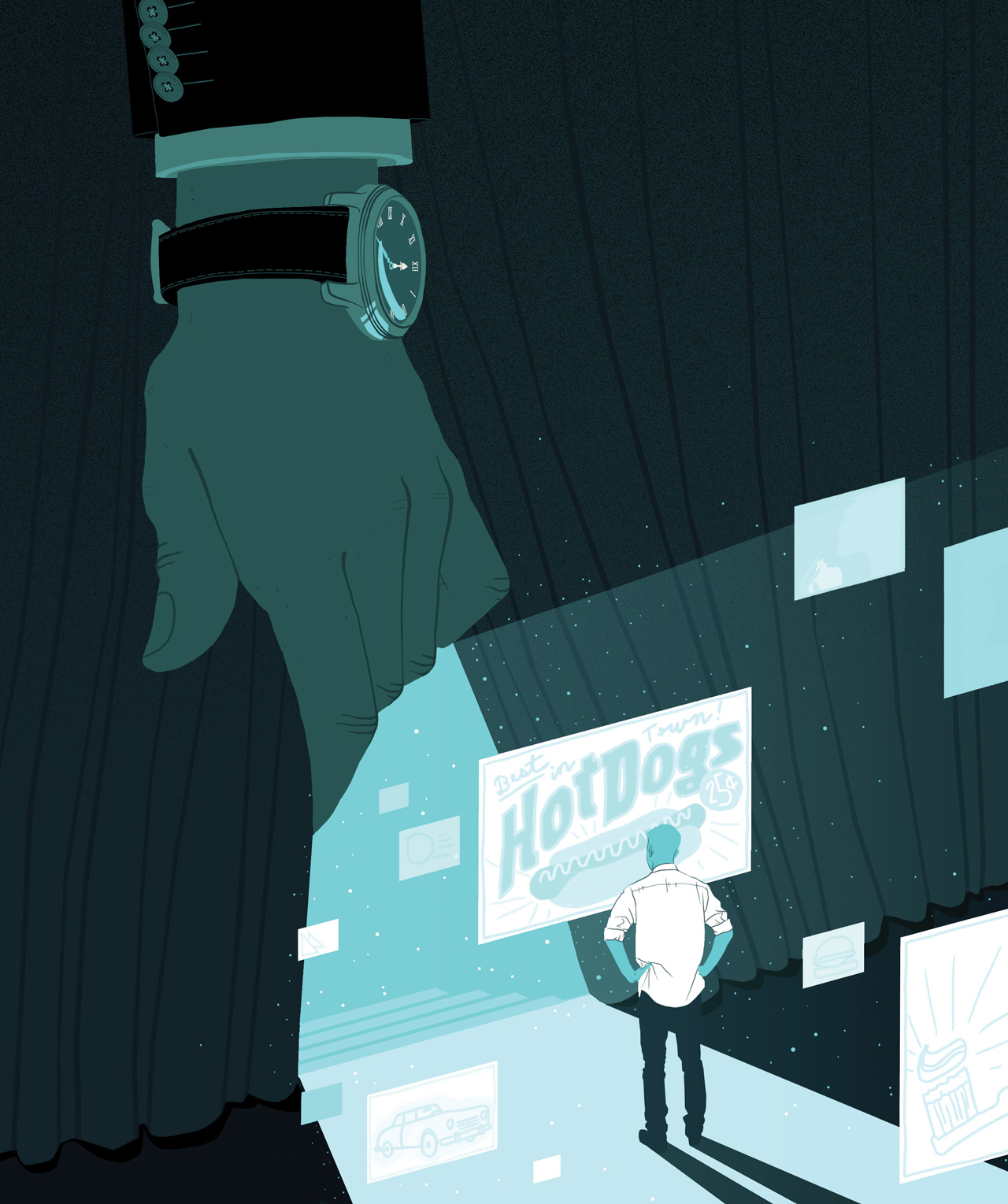Ad blocking has been the dominant topic of conversation across digital media for the last couple of months, and we still don't seem to have tired talking about it. Is the emergence of ad blockers the introduction of an invasive species or the catalyst for innovation? The truth, it turns out, might not be so binary.

Kirk McDonald, PubMatic
In the early days of the Web, the rule for advertising was, "if it moves, it's interesting." Flashy banner ads made hard-coded pages more interesting, and getting the "click" became the new standard for measuring ad effectiveness and valuable content. However, soon there were too many flashy spinning boxes on the pages, and consumer interest waned. Then came the pop-up ad. It didn't live long. See the pattern here?
Every good advertising idea that's overused results in a fatigued and frustrated user. But it's worth remembering that in a sea of near-infinite impressions, consumers don't find all ads annoying and intrusive. Relevance is the critical element in creating powerful consumer connections. Ad blockers represent the consumers' cry for a return to artful storytelling, content product innovation and relevance.
While an advertising technology arms race can't be the long-term solution to handling the ad-blocking issue, many advertisers are trying to address it head on, with little success. Some companies are detecting ad blockers and asking politely (and sometimes not so politely) for audiences to disable them. Other advertisers are asking audiences to donate to their sites to keep them ad free. Still others are tweaking the way their ads run, dropping intrusive formats (e.g., pop-ups) and delivering around the blockers or paying third parties to whitelist their ads. This doesn't solve the challenge of balancing advertiser needs with user experience. Instead, it just makes ad blockers the unofficial arbiters of what counts as an appropriate advertising format and adding yet another tollgate for the consumer's attention.
Now, there is a school of thought that ad blocking will be a good thing for premium publishers as it constricts the supply of available impressions by removing them primarily from long-tail publishers. This could have the effect of tipping the scale in favor of premium publishers who have fiercely protected the integrity of their properties to preserve their relationship with consumers. Valued brands also benefit because of the law of limited attention. Their messages stand out better when excessive noise is eliminated from the environment.
Whichever ad-blocking school of thought you fall in, the reality is this: Advertisers are frustrated. Consumers are fatigued.
It turns out, the solution is right in front of us. There needs to be a return to inspired storytelling. As humans, we remember stories, the feelings they created, memories unearthed and promises they kept. This is why many of us are in the advertising industry. We want to tell our stories because we know that is how we connect with individuals and, most importantly, how we inspire trust. To connect with someone on a personal level is to develop a sense of trust in what they're saying—and selling.
So, yes, ad blocking is having its 15 minutes of fame and disruption, but is it going to truly disrupt the way we tell stories to consumers? Will this become our new normal? I don't think so.
I'd rather believe that this 15 minutes will be the catalyst for publishers and marketers to step up their game. It will push them to prioritize relevance, bring back artful storytelling to every ad impression, and make ads smarter in delivery and more sensitive to personal context.
This requires the introduction of a new set of competencies for technology. The smartest advertisers recognize that it's the marriage of real-time data and emotionally connected stories that creates lasting impressions with consumers and drives brand sales and loyalty. Those who ignore the importance of technology and data in helping to serve relevant ads to consumers or refuse to remember the storytelling roots of advertising will be left in the dust.
To be relevant, you must understand who you are talking to—their needs, motivations and interests in a moment in time. To stay relevant, you have to develop stories that make an emotional connection with the consumer and deliver these stories in smart, audience-focused ways.
This can happen by reducing the number of point solutions used for marketing automation, with an eye toward speedier, more reliable sites and apps. It's necessary to move toward giving publishers greater control. Publishers and advertisers can tackle the viewability challenge while keeping inventory aesthetically pleasing and providing customers with a delightful experience when they engage with content. All these things will add up to experiences that capture and keep consumers' attention.
And when the experience for the consumer is great, the invasion of the ad blockers should die out.
Specs
Claim to fame Kirk McDonald, president of PubMatic, is a 20-year veteran of the media, branding and technology space.
Base New York
Twitter @kirkm3
This story first appeared in the Oct. 26 issue of Adweek magazine. Click here to subscribe.








